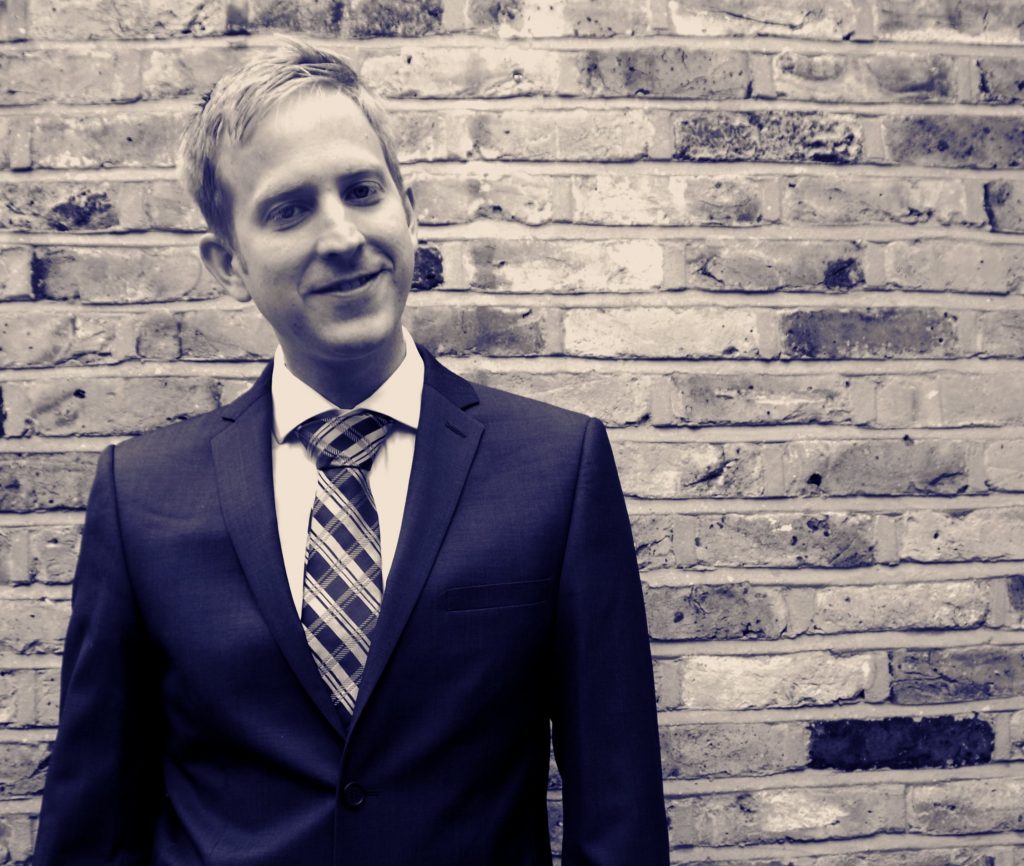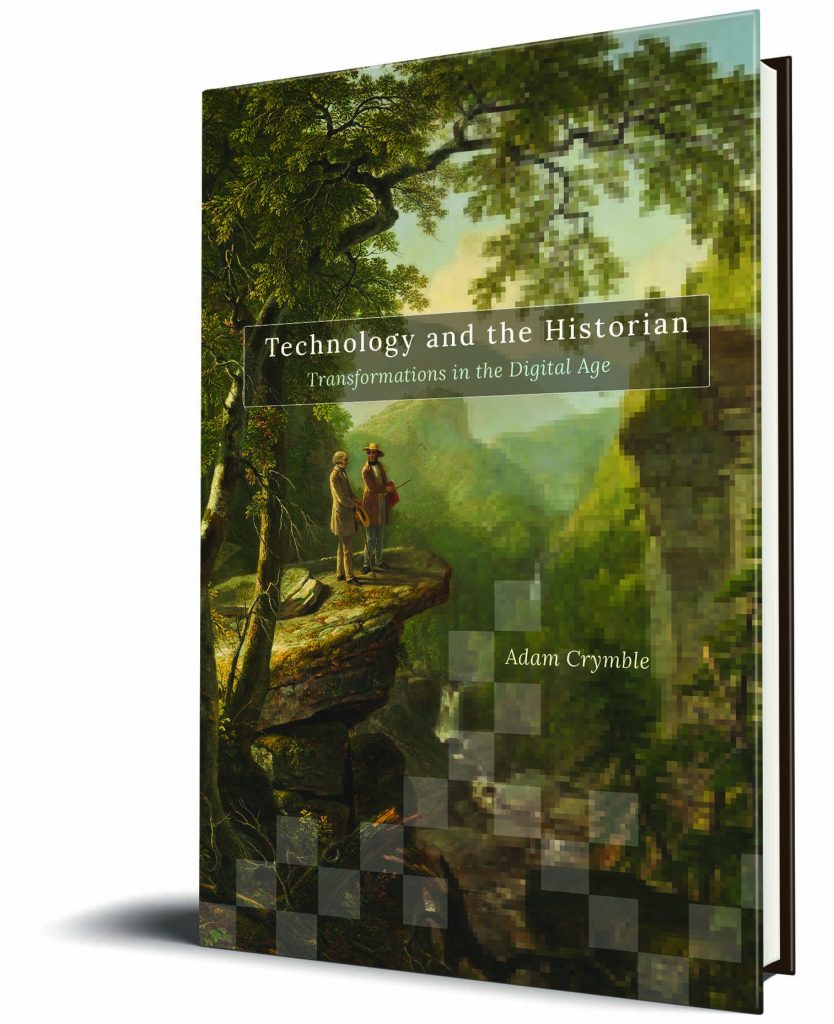Adam Crymble, author of Technology and the Historian: Transformations in the Digital Age, answers some questions on his inspirations and discoveries while writing his book.
Q: Why did you decide to write this book?
I really love history, and I want great historical work to thrive. I wrote this book because I believe we can all be better historians if we really understand how digital technology has and can continue to shape our work. It’s especially important for the next generation of historians, who may not have lived through the various digital ‘turns’ of the past several decades – who may need a roadmap to understand why digital approaches in 1990s Virginia were so different to those in London at the same time, and why knowing that matters to their own forrays with digital work. Or how Bogota and Bengaluru in the 2020s are forging their own paths into the digital age that need to be understood on their own terms.
We tend to discard old technology in Western culture, and that’s one of the reasons why, until now, it’s been really difficult to get a long view of how historical studies and technology have come together. We turned our back on those CD-ROMs and old websites when they started to look dated. Now we have the tools to help students and colleagues to understand how those CD-ROMs and projects like them led us to the digital archives we hold so dear today. Of how intrepid adventurers on early message boards in the 1980s set the scene for the social media revolution that has transformed scholarly communication. Of how a meeting in a Chicago library in the late 1970s helped set in motion the environment needed for scholars to learn digital skills from the comfort of their own homes. And why it’s so difficult to get funding today to do the types of public-facing projects that transformed the archive in the early new millennium.
We put so much effort into teaching historiography and historical methods, and rightly so. I wrote this book so that we can include the biggest technological trends in those discussions much more easily, and with a focus on the transnational. This book is about providing colleagues, both current and future, with the history of ourselves that we’ve been missing. So that we can move critically and open-eyed towards a future that partners effectively with technology, and leaves the field stronger than ever.
Q: Who were your biggest influences?
I wouldn’t have written this book if not for taking Professor William J. Turkel’s ‘Digital History’ class back in 2008 at Western University in Canada. That really opened up the possibilities for me, and was the first time in my life that I realized that it was possible for me to write code that could control a button that would light up some LEDs if we got the wires in the right order and the correct battery to power it all. It was so different from anything I’d learned in my history program up to that point, and really caught my imagination on fire. I began asking myself questions about how technology could help us tell stories about the past. Years later, I’m still asking those questions, and just as excited as ever.
I also owe a huge debt to the whole team at Programming Historian, which was originally Turkel’s project, but that I’ve been involved with for the past decade, and is now publishing digital history tutorials in 4 languages to an audience of 2-million readers per year. They’ve taught me so much about global issues in digital scholarship, and about working to support digital learning, especially since so few programmes yet offer meaningful digital training as part of the curriculum. I’m so grateful to all of them for making working on digital history projects so rewarding, and for convincing me to learn Spanish and brush up on my French so I can be a better collaborator.

Q: What is the most interesting discovery you made while researching and writing your book?
That I was making all of the mistakes. Much of my research focused on finding traces of what historians had done or tried over the years. When you look at that evidence in historical context, it very clearly becomes obvious that some of the experiments were poorly thought out, or just bound to fail.
This was especially true when I started looking at how digital history had been taught in the classroom over the decades. Rather embarrassingly, I found myself to be part of many of the doomed teaching trends. Especially the attempts to pepper students with all of the ‘digital’ skills we felt were missing from the rest of their degree, and to cram it all into a single course. You don’t see that approach nearly as often anymore, and for good reason. It just doesn’t work, and it is often so completely divorced from historical themes that students can’t even see the point.
The best example I found of this failed class model was… my own.
Needless to say, I’ve taken my own advice and updated my practice.
Q: What myths do you hope your book will dispel or what do you hope your book will help readers unlearn?
The big one is about local variation. It’s real, and it’s important. Historians should know what’s universal in our field, and what’s just normal where you live. Especially as we increasingly work globally. Higher education generally, and historical studies more particularly, is a series of regional stories, sculpted by culture, government policy, funding environments, and philosophies of education. It can be very difficult for historians from different countries to collaborate meaningfully, or sometimes even converse, because they rarely understand that the way we do history here is different, and a reflection of our priorities.
For example, a lot of the early major funding for ‘digital’ work in the United States was aimed at encouraging the creation of educational resources. That pushed the digital agenda in history towards public-facing websites and CD ROMs, built with students and the public in mind. You can still see traces of that in American digital work two decades later. That just wasn’t the case in the United Kingdom though, where supporting research questions was a much more important aim of some of the early digitization work. The difference was linked not only to the condensed geography in Britain that made the archive a lot closer than for most Americans, but to government priorities and an attempt in the 1990s to weed out Professors who hadn’t published any research for decades through a national research ranking exercise that still sculpts British higher education today. Only by tracing the story back do you get a sense of why the national stories are so different, and why finding common ground for collaboration can be a challenge when the priorities don’t align. That’s just one of the reasons why we need to know this history of our field.
Q: What is the most important idea you hope readers will take away from your book?
We can be better historians, and knowing where we came from helps us do that. It seems silly to say that to historians, but we’ve been ignoring the history of digital history for too long. Now there’s just no excuse for that.
Q: What do you like to read/watch/or listen to for fun?
I’m a sucker for a historical costume drama. The Tudors, Bridgerton, or Medici all kept me entertained. And I love a good historical documentary. One of the things I love so much about doing history in this digital age, is that you can even Tweet at the people who produce these things, and sometimes they’ll even Tweet back! Anyone who doesn’t think technology is changing historical studies just isn’t following the right accounts on Twitter…

